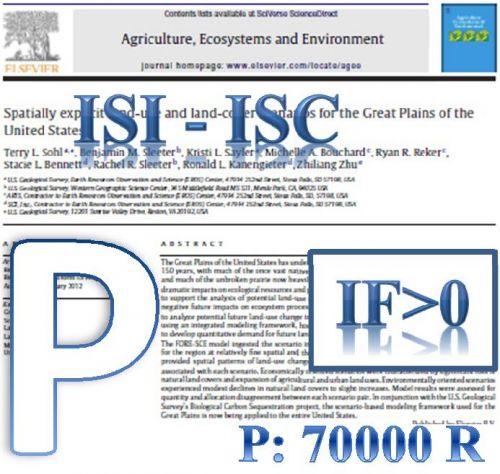In the article, Veeramani and Sumathi [10] presented an interesting algorithm to solve a fully fuzzy linear fractional programming (FFLFP) problem with all parameters as well as decision variables as triangular fuzzy numbers. They transformed the FFLFP problem under consideration into a bi-objective linear programming (LP) problem, which is then converted into two crisp LP problems. In this paper, we show that they have used an inappropriate property for obtaining non-negative fuzzy optimal solution of the same problem which may lead to the erroneous results. Using a numerical example, we show that the optimal fuzzy solution derived from the existing model may not be non-negative. To overcome this shortcoming, a new constraint is added to the existing fuzzy model that ensures the fuzzy optimal solution of the same problem is a non-negative fuzzy number. Finally, the modified solution approach is extended for solving FFLFP problems with trapezoidal fuzzy parameters and illustrated with the help of a numerical example.
کلید واژگان :Fully fuzzy linear fractional problems, Fuzzy numbers, Non-negative fuzzy numbers
ارزش ریالی : 1200000 ریال
با پرداخت الکترونیک
